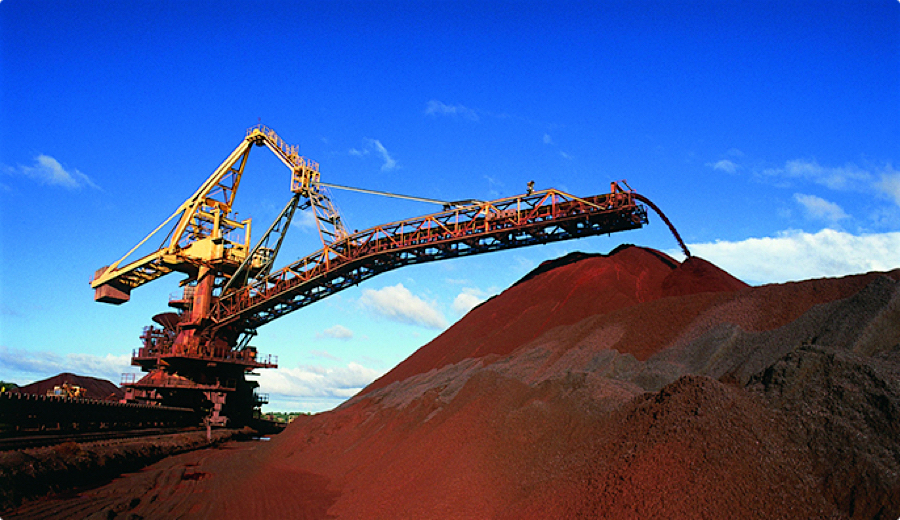Vale reconsiders selling $10 billion in core assets

Brazil’s mining giant Vale (NYSE:VALE), the world’s biggest iron ore producer, may not sell $10 billion of its best assets by the end of next year after all, thanks to higher prices for its main commodities and cost-cutting measures.
The company swung to a net profit in the third quarter of the year helped in part by better prices for iron ore and nickel. And if the situation remains the same or improves, Chief Executive Officer Murilo Ferreira told the company’s investors in New York Tuesday that the board will reconsider selling some of its key assets, as announced in February.
Vale is expected to announce soon several, unnamed asset divestitures that could help it cut net debt to between $15bn and $17bn next year.
Higher iron ore prices, said Murilo according to Reuters, are likely to help Vale generate $2.2 billion during 2017 in free cash flow — the money left for bond and shareholders after all expenses are paid — speeding up the firm’s debt reduction plans.
The company is also expected to announce soon several, unnamed asset divestitures that could help it cut net debt to between $15 billion and $17 billion next year.
Vale’s streamlining efforts have been centred on offloading non-core assets, such as its fertilizer business and its Australian coal mines. It also recently reduced the budget for planned investments to $4.5 billion in 2017 and $2.9 billion in 2021 from an expected $5.6 billion this year.
The Rio de Janeiro-based miner’s debt-cutting goal — it’s sitting on a $26 billion net debt at the moment — has been complicated by its efforts to start production at its $14 billion S11D iron ore mine before the end of the year.
The Samarco dam collapse in Nov. 2015, which killed at least 17 people and became Brazil’s worst environmental disaster, also dented Vale’s balance sheets, forcing the miner to book a write-down of $132 million in unpaid dividends and royalties earlier this year.
Even with the challenges, Vale has managed to remain competitive. Its shares, despite falling more than its major rivals since the commodities downturn began, have outperformed this year. The miner, which is also the world’s largest nickel producer, has doubled in value in 2016, while BHP Billiton (ASX:BHP) and Rio Tinto (LON:RIO) have gained 28% and 45%, respectively.
More News
{{ commodity.name }}
{{ post.title }}
{{ post.date }}

Comments